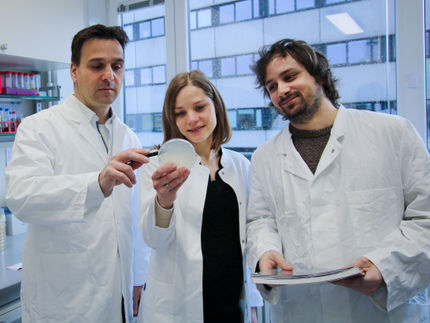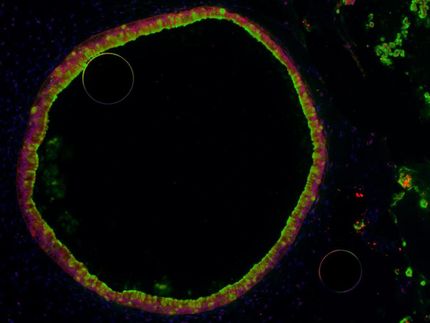Unique property of critical methane-producing enzyme discovered
An unexpected discovery has given scientists a greater understanding of an important methane-producing enzyme.
A team of researchers at the Carl R. Woese Institute for Genomic Biology (IGB) at the University of Illinois at Urbana-Champaign outlined their findings on an enzyme called methyl-coenzyme M reductase, or MCR.
Their findings overturn what was previously believed to be true in the field: that a set of unique modifications present in MCR were essential to how the enzyme functions.
They discovered that these modifications were in fact not essential, a finding that will bring scientists a step closer to fully understanding this enzyme, which plays an important role in methane production and the carbon cycle.
Methane is an important greenhouse gas that contributes to approximately 20 percent of the greenhouse effect, which contributes to the warming of earth.
Methane comes from both geological sources and biological sources, including from a group of microorganisms called methanogens. These microscopic organisms, which are a member of the domain Archaea, produce methane as the byproduct of their metabolism. Gigatons of methane are produced by methanogens every year.
Methanogens have the enzyme MCR, which is the only enzyme that makes methane. It's critical for both the production and consumption of methane.
"This is a hugely important enzyme," said Professor of Molecular and Cellular Biology William Metcalf, co-author of the paper and leader of IGB's Mining Microbial Genomes (MMG) theme. "I would argue it's one of the most important enzymes on earth for the carbon cycle."
MCR also has some unusual properties. Unlike most enzymes, MCR has a series of modifications that change the enzyme's amino acids. These modifications were previously believed to have been essential to the enzyme's functions.
Before now, it's been impossible to do a genetic analysis of these enzymes -- which would include taking away these modifications and looking at how the enzyme works without them.
"It was believed that if you did that, the enzyme wouldn't work," Metcalf said. "Because that enzyme is required for viability of the organism, it was thought to be an essential gene."
But Douglas Mitchell, a professor of chemistry and faculty member of IGB's MMG theme, thought otherwise. He and his research laboratory had been studying a class of molecules that had one of the modifications that is also present in MCR. They figured out how this modification was done and predicted that the same enzymatic machinery used to modify MCR in methanogens was the same machinery used to make antibiotics and bacteria.
However, their lab had a limitation, according to Nilkamal Mahanta, a postdoctoral researcher in Mitchell's lab who was involved with the research. Their lab was limited in its ability to perform the kind of experiment needed to see if this was true. The organisms they wanted to study exist only in anaerobic environments, which do not contain oxygen.
IGB Fellow Nayak had recently developed a novel genetic tool that could manipulate this type of organism. She used this tool to study the physical properties of MCR and understand how it works -- and found that the modification was not essential to the enzyme's function.
This came as a surprise to many in this field of research, and to Metcalf and Nayak as well.
"When I started this project, I didn't quite know as much about the importance of these modifications," Nayak said. "As the project moved along . . . I realized the impact of the discovery we made, that this modification we thought was important and involved in making methane or breaking down methane, suddenly was not playing as important a role as people in the literature had been talking about for the last 10 or 15 years -- maybe even longer, actually."
Their findings suggest there is more to be uncovered about this enzyme and the role it plays in producing and consuming methane.






















































